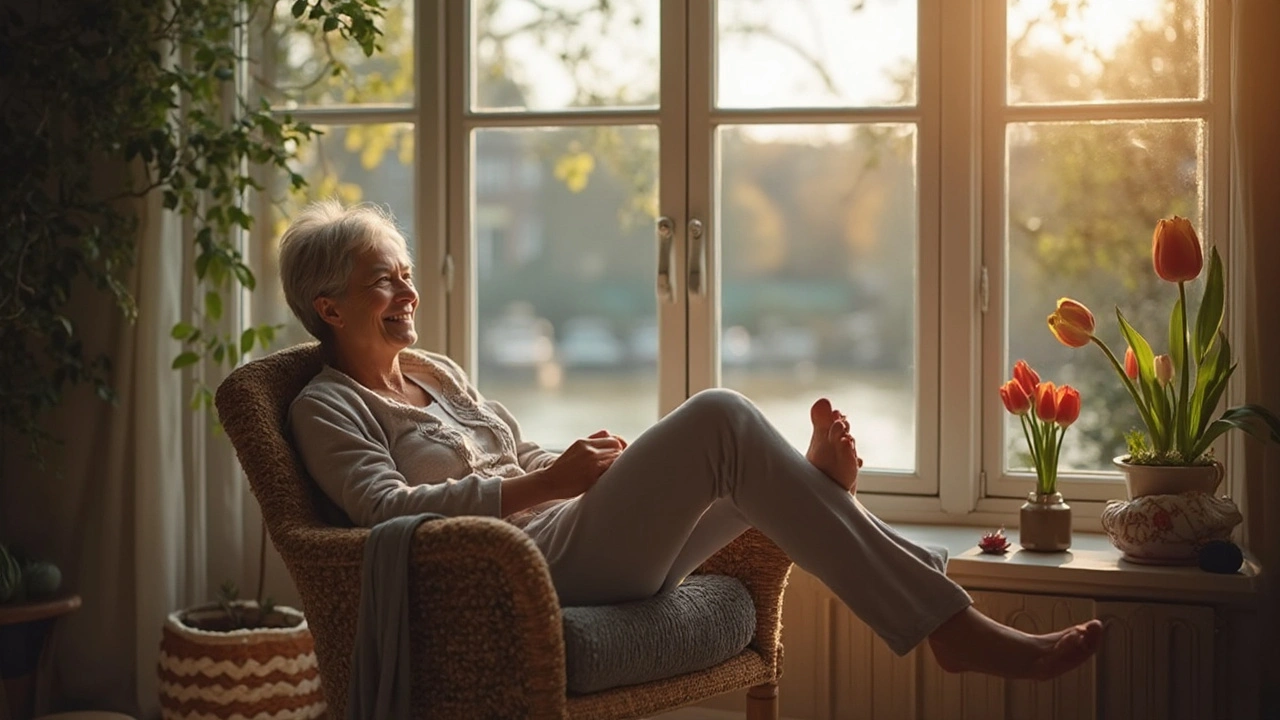Foot Reflexology: What It Is and Why It Works
Ever wonder why a quick foot rub can leave you feeling refreshed? That’s foot reflexology in action. It’s a hands‑on technique that applies pressure to specific points on the feet. Those points correspond to organs, muscles, and systems throughout the body. By stimulating them, you can improve circulation, reduce tension, and support overall health.
Unlike a regular foot massage, reflexology follows a map that has been used for centuries. Each zone on the foot mirrors a part of your body – the toes link to the head, the arch to the spine, and the heel to the lower back. When a therapist works these zones, the idea is that energy blockages clear up and the body can heal itself better.
What to Expect in a Foot Reflexology Session
A session usually lasts 30 to 60 minutes. You’ll start by removing shoes and socks, then settle into a comfortable chair or massage table. The therapist will examine your feet, looking for sensitive spots or hot‑cold areas. From there, they use their thumbs, fingers, or special tools to apply firm but gentle pressure.
You might feel a slight tug or a warm sensation as the therapist works through each reflex point. It’s normal to experience a relaxed, drowsy feeling – some people even fall asleep. If you ever feel pain, just let the therapist know; they’ll adjust the pressure.
After the session, you’ll probably notice a calm mind and lighter steps. Some clients report better sleep, reduced headaches, or eased joint pain. The effects can be subtle at first, but with regular visits they become more noticeable.
How to Choose the Right Reflexology Therapist in Amsterdam
Amsterdam has plenty of wellness centers offering foot reflexology. Look for therapists with certified training in reflexology or a related modality, like tuina or Swedish massage. Read reviews that mention professionalism, cleanliness, and how well the therapist tailors the session to your needs.
When you call to book, ask about session length, cost, and any preparation tips. Some places suggest coming after a light meal and wearing loose clothing. If you have health conditions such as diabetes, pregnancy, or recent injuries, tell the therapist ahead of time – they’ll modify the technique accordingly.
Booking is usually straightforward: many studios let you reserve online or via phone. Aim for a regular schedule – once a week or every two weeks – to keep the benefits flowing. Consistency helps maintain the energy balance reflexology aims to create.
Ready to try foot reflexology? Grab a pair of comfy shoes, find a reputable therapist in Amsterdam, and give your feet the attention they deserve. A simple session could turn into a powerful habit for your overall wellbeing.
Foot Massage Science: Why It Works and How It Benefits You
Ever wondered why a foot massage feels so good and leaves you more relaxed? This article breaks down the real science behind foot massages, showing how they impact your nerves, brain, and body. You'll get practical tips on the best types of foot massages, what kind of results you can expect, and safety tips to get the most from each session. Find out how even a quick rub can ease your stress and improve your health. Perfect for anyone thinking about booking their first foot massage or just wanting to know what makes it so effective.
